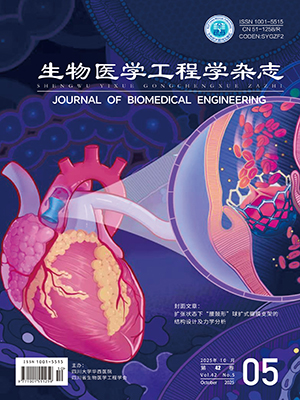Pan-vascular diseases encompass a range of systemic conditions characterized by sharing a common pathologic basis of vascular deterioration. Due to the complexity of these diseases, a thorough understanding on their similarities and differences is essential for optimizing diagnosis and treatment strategies. Magnetic resonance imaging (MRI), as one of the commonly used medical imaging techniques, has been widely applied in the diagnosis of pan-vascular diseases. Particularly, the integration of MRI with contrast agents and multi-parameter imaging techniques significantly enhances diagnostic accuracy, reducing the likelihood of missed or incorrect diagnoses. Recently, a variety of nano-magnetic resonance contrast agents have been developed and applied to the magnetic resonance imaging diagnosis of diseases. These nanotechnology-based contrast agents provide multiple advantages, ensuring more precise and forward-looking imaging of pan-vascular conditions. In this review, the diverse application strategies of nanomaterials-enhanced MRI techniques in the diagnosis of pan-vascular diseases were systematically summarized, by classifying them into the commonly used MRI sequences in clinical practice. Additionally, the potential advantages and challenges associated with the clinical translation of nanomaterial-enhanced MRI were also discussed. This review not only offers a novel perspective on the precise diagnosis of pan-vascular diseases, but also serves as a valuable reference for future clinical practice and research in the field.
Citation: LI Yao, ZHANG Peisen, ZHANG Ni. Application of nanomaterials-enhanced magnetic resonance imaging in precise diagnosis of pan-vascular diseases. Journal of Biomedical Engineering, 2025, 42(5): 1092-1098. doi: 10.7507/1001-5515.202412068 Copy
Copyright © the editorial department of Journal of Biomedical Engineering of West China Medical Publisher. All rights reserved




